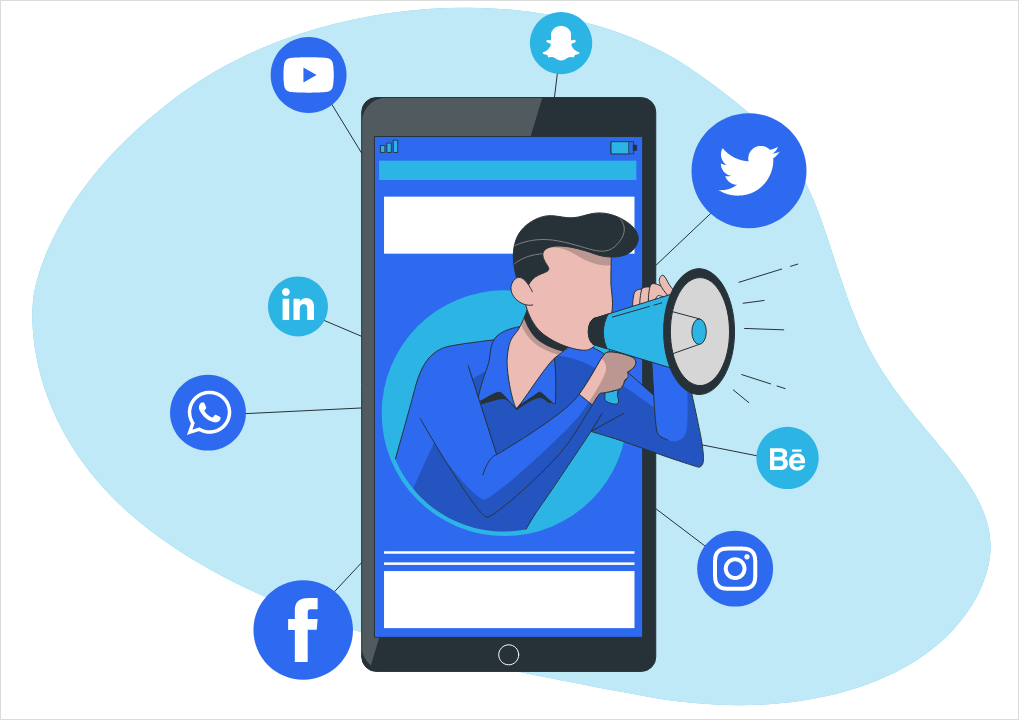So the other day I was reading Dr. Augustine Fou’s awesome article where he analyses the impact that it had on a few brands to stop some Ad Campaigns they were running, and by some, I mean thousands of them. The shocking thing here was that when these brands, and I’m not talking about a local ice cream brand, but about big brands like P&G, Chase or Uber, stopped showing their Ads on over 1,000 websites the impact on their conversion rates was of absolute zero. No impact at all.
It is no surprise that, at the beginning of 2020, many brands decided to press pause to many of their current Ad Campaigns because no one knew what was going on or where the world was heading to, not that we are experts now. This action was taken considering that their conversions and profits probably were going to suffer an important fall, but that said fall was still more profitable than it was to keep their Ads showing in all of those websites.
However, none of that was the case and these brands didn’t see any strong change or impact in their conversion numbers. To say it in an easier, more approachable way: These brands that were spending thousands of dollars on several Ad Campaigns, all of a sudden decided to cut them off and it turned out that they were not even giving any profit at all. So here we have a really big question to ask ourselves: What the heck happened?
It is not a surprise that Display Ads have become less effective, but if they were not effective at all then brands such as Uber, Chase or P&G would probably have been the first ones to switch on whatever new strategy that works better for them (Branded Content, Branded Products or Search Ads, to name a few) and leave the ones that just aren’t working anymore. So if this was not the reason, we probably have to dig in a little deeper to find out what it was that was off with these campaigns.
First of all, it’s important to state that these big brands were not the only ones that decided to pause their Display Ad campaigns due to the pandemic situation. Many brands and enterprises all around the world decided to hang on for a second to figure out what the next step to take was. However, many of the ones that also decided to cancel some of their Advertising Campaigns actually did see a pretty big drop in their conversions. Not only this means that their Display Ads were a pretty big source of customers, but also that there was something that their campaigns had that the others didn’t. Of course, many things change from one Ad to another that impact their respective effectiveness, and I’m not planning on getting complex on that field right now. But wouldn’t we be right to assume that big brands are almost always going to have the best Marketing team, or the best PPC specialist, or the number 1 experts in the world to assure that their Ads are the best possible ones?
It never should surprise an enterprise that their CTR and their conversions numbers don’t match, because this is Marketing 101. From the people that see the Ad, probably just the 1% are going to click on it and even less will actually end up converting. But if, after you cancel a large number of Display Ads, your CTR comes closer and closer to your conversion number, then you definitely need to start to think about where all that traffic was coming from, where did they go and why didn’t they convert.
The answer to this is both as simple as it is awful: We are in the presence of Ad Fraud. Being such big brands, they probably were not following in detail what was happening with every each of their Campaigns (who was running it, where were the Display Ads featuring in, among other aspects) so they missed on a very important thing that was happening not just to them, but to most of the interwebs nowadays: Their Ads were being seen and clicked on by bots.
So basically, whoever was launching their Campaigns was doing a really bad job, either by mistake or on purpose. By getting a lot of clicks coming from internet bots, these big brands were able to see really large amounts of traffic coming to their websites (which could’ve made them say “Yay! This Ad really is proving to be effective!”) that were never going to convert.
Even worse, they would just give the website very high bounce rates because they’d just go to the website and leave immediately. Interesting tangent to go through here: Google actually pays a lot of attention to the website’s bounce rates. So, whenever a bot left the page immediately after getting there, not only it was not converting, but also was contributing to making the website look sketchy to Google’s eyes.
Ad Fraud is a really big issue that the Marketing world faces nowadays, and sometimes it can get really hard to track. Big companies usually have a bunch of strategies going on, use a lot of tools, hire a lot of people and sometimes it can get very hard to track where your money is actually going and if your ROI is actually profitable. Mistakes can happen and things can slip through people’s fingers, but if you are running a lot of thousand-dollar Ad Campaigns, you probably should be more careful about how you keep track of what’s actually going on. Many of the brands involved in this issue, decided to go to court due to a large percentage of loss of their Ads budget caused by this Ad Fraud situation.
To conclude, I believe it’s important to remark that the Advertising world is changing and evolving every day, and this doesn’t always mean a bright future. With the advances of technologies, comes in a wide variety of ways to use it illegally and unethically. So, my tip here is very simple: Avoid hiring sketchy agencies and specialists, avoid featuring your Display Ads on sketchy websites, and always make sure you keep track of where your money is actually going.






